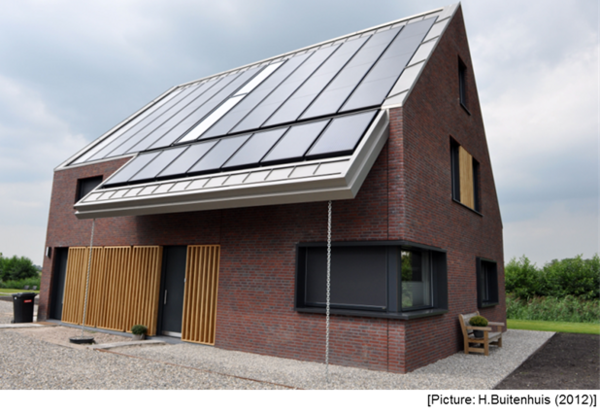
General background: Climate - Indoor environment - Performance evaluation
Building level (design) Energy demand reduction - Energy production - Building energy management
District level: Energy flows - Smart grids
Building level (in-use): Commissioning - Operational performance
Learning objectives
1. Students need to develop and evaluate a concept-design for a low energy (sustainable) building (for a given situation, with a fixed statement of requirements and a basic building design and applying [relative simple] evaluation tools).
2. Students need to make informed choices for specific (sustainable) low energy solutions, based on known characteristics of these solutions and will be able to relate specific low energy solutions to consequences for the end-user (person, product, process) in terms of the indoor climate (thermal, air quality).
3. Students need to acquire knowledge on and insight in the topics introduced in the course. Insight is shown by providing sound design solutions to predefined design contexts and the understanding of interrelationships of design solution decisions.
Assessment criteria
Goal 1 is assessed through the three consecutive design assignments that, individually (and as a result together) need to be passed to pass for the course as a whole. The assessment criteria for the individual assignments are detailed in the Studyguide that is provided with the course.
Goal 2 and 3 find a place in the three assignments mentioned above (implicitly) and in a fourth assignment which consists of a short critical essay that is part of the overall grade for the course. This last assignment is compulsory and needs to be passed as well.
Knowledge
The topics in the course that are taught are:
General background - a. Climate; b. Indoor environment; c. PBB, rating systems, summary evaluation tools;
Building (design) - a. Energy demand reduction; b. Energy production (thermal, electrical); c. Building energy management (thermal); d. Total building solutions;
District Level - a. Energy flows (thermal, electrical); b. Smart grids (electrical, from building perspective);
Building (in-use) - a. Commissioning; b. Operational performance